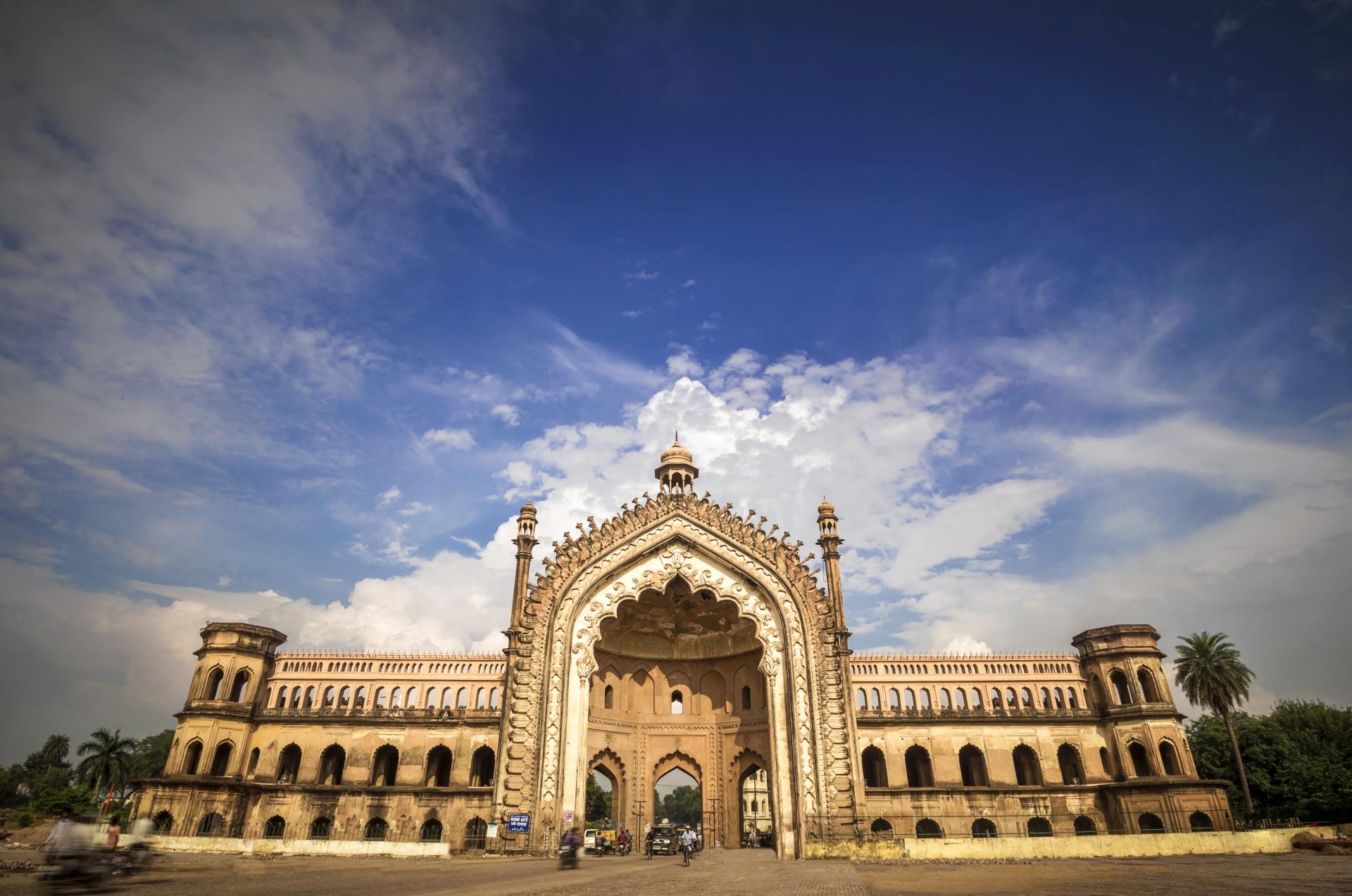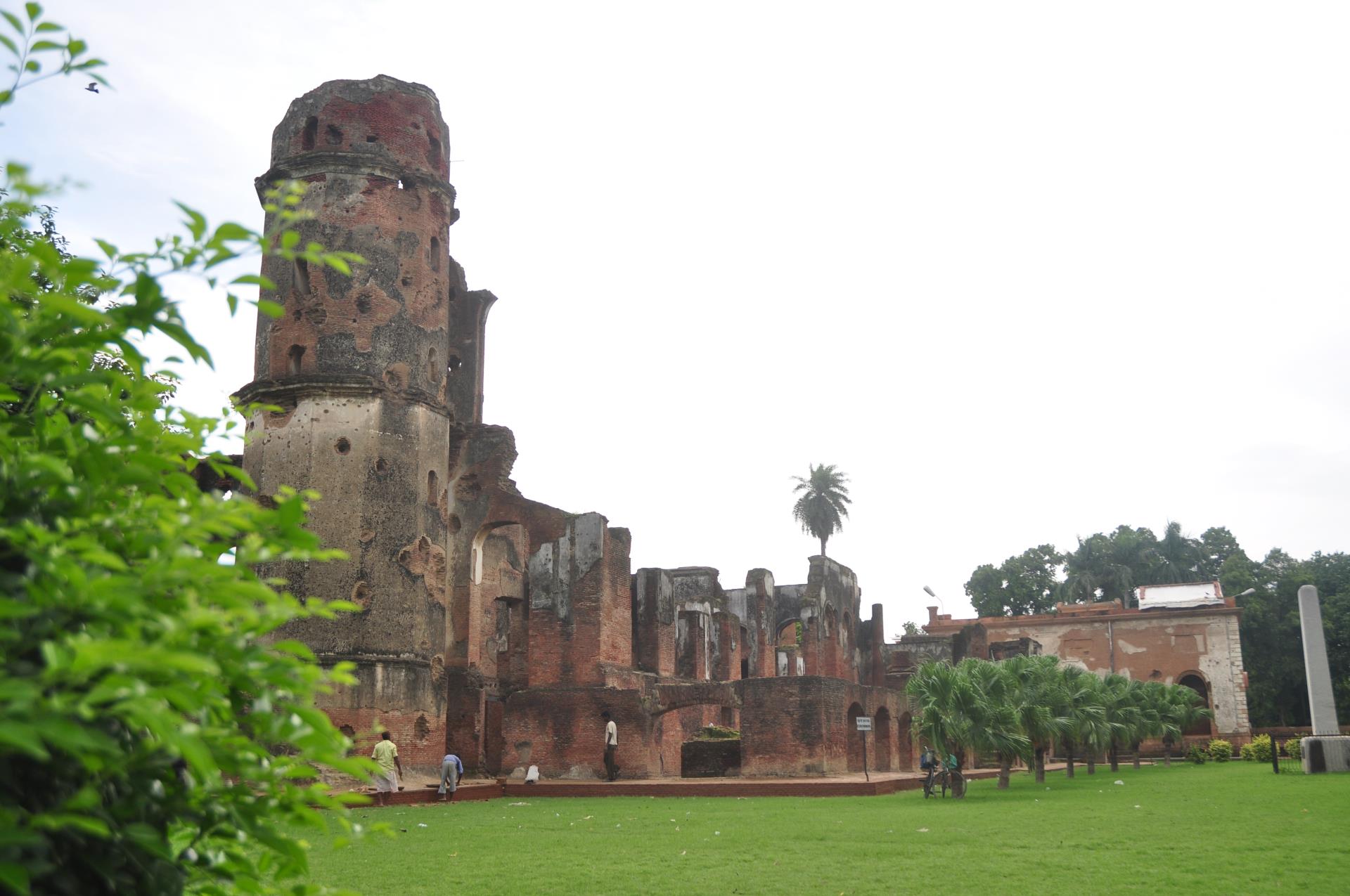
Sorry, we couldn't find anything that matches your search.
Destination

Famous Places to Explore in Hyderabad
A vibrant city with the imposing...

Raipur Tourist Places | Best Place to Visit
The stronghold of several erstwhile...

Ahmedabad
Declared as India's first UNESCO World...
#
This signature embroidery art of Lucknow has been around for centuries and has been been accorded a Geographical Indication tag (GI). Lucknow is the primary centre for zardozi, and apparels featuring this embroidery can be found in well-known shops of Chowk area, as well as other bazaars in the city. In Persian, 'zardozi' means gold embroidery.
The original process, which is known as “Kalabatun”, made use of silk threads wrapped in real gold or silver; the thread was subsequently sewn onto different fabrics, and then embellished with gold threads, spangles, seed pearls, wires, beads, sequins etc. In the times of the nawabs, zardozi was used to decorate tapestries and wall hangings. Even elephants and horses were covered with heavy cloths adorned with zardozi. In that era, this form of embroidery was considered a luxury, since it could only be done on heavier fabrics like velvet, satin and silk. Therefore, only the royalty could afford it. It was regarded as a symbol of opulence.
The process of zardozi consists of four steps. While the method has been mechanised to an extent today, the basics have been handed down through centuries.
First, the design or motif is drawn on a tracing sheet, and holes are punched along the lines. In the old days, the motifs were very intricate and complicated, showcasing detailed flower and animal patterns. Today, to speed up the manufacturing process, wider lines and simple designs are being employed. Next, a sheet of tracing paper is placed on top of a swatch of fabric, and wads of cloth doused in a solution of kerosene and Robin Blue are dabbed onto the tracing paper so the design can be transferred to the cloth underneath. The fabric with the design is placed in a wooden or bamboo frame, known as “adda”, and stretched to ensure that there is equal tension across the length of the cloth. The artisans sit around the frame and start sewing. In the final stage, an “ari”, which is a crochet-like needle attached to a wooden stick, is used to pass threads above and below the fabric. The stitches used are salma-sitara, gijai, badla and katori.
The artisans can take anywhere between one to 10 days to finish one product, depending on how much work is needed. The more detailed the work, the longer it takes to complete, and the higher the price of the item. Recently, the demand for zardozi has seen a rise; to make zardozi products affordable for everyone, artisans have started using copper and synthetic wires rather than gold or silver.








